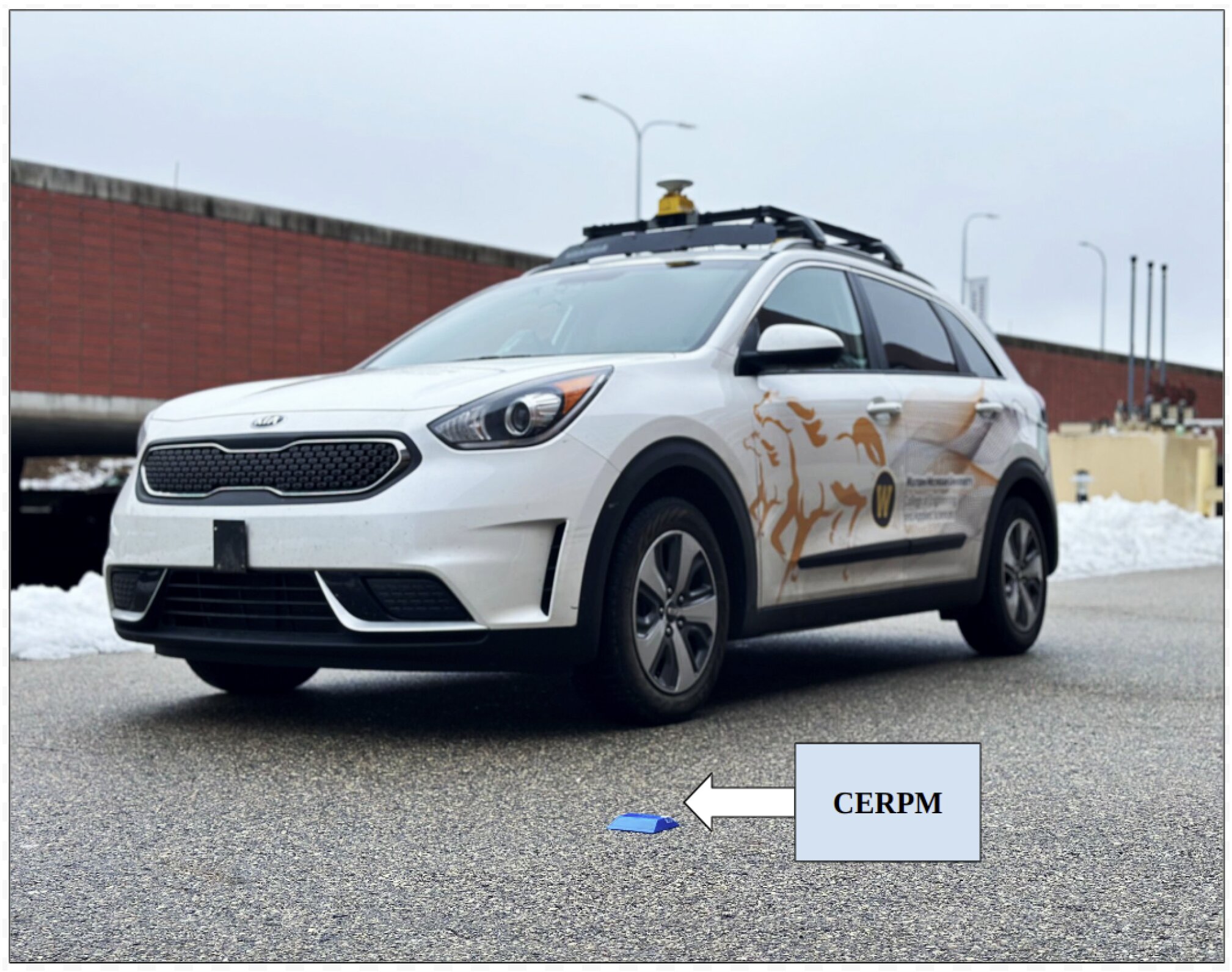On a recent morning, a self-driving car navigated a curvy Chattanooga street by “listening” to the road’s reflective lane markers. Oak Ridge National Laboratory and Western Michigan University researchers demonstrated the technology to officials with the City of Chattanooga and Hamilton County, Tennessee.
The research team is setting the stage to commercialize the innovation, which equips raised pavement markers with microchips to transmit information about the shape of the road—even when cameras are unreliable because of weather conditions such as fog or snow. The technology also helps reduce navigational power consumption so electric vehicles can travel farther before recharging.
Researchers designed an algorithm that uses radio frequency sensing to schedule transmissions from the pavement markers to passing cars. “Now a car can receive data from 50 marker locations in a single signal snapshot,” said ORNL’s lead researcher, Ali Riza Ekti.
A study found the chip-enabled markers were entirely successful at transmitting lane information on a variety of routes compared to a commercial vision processing system, which detected lanes on steep curves only 7% of the time. The study is published in the journal Sensors.
More information:
Parth Kadav et al, Automated Lane Centering: An Off-the-Shelf Computer Vision Product vs. Infrastructure-Based Chip-Enabled Raised Pavement Markers, Sensors (2024). DOI: 10.3390/s24072327
Citation:
Researchers demonstrate pavement markers that transmit lane information to self-driving cars (2024, September 10)
retrieved 10 September 2024
from
This document is subject to copyright. Apart from any fair dealing for the purpose of private study or research, no
part may be reproduced without the written permission. The content is provided for information purposes only.






